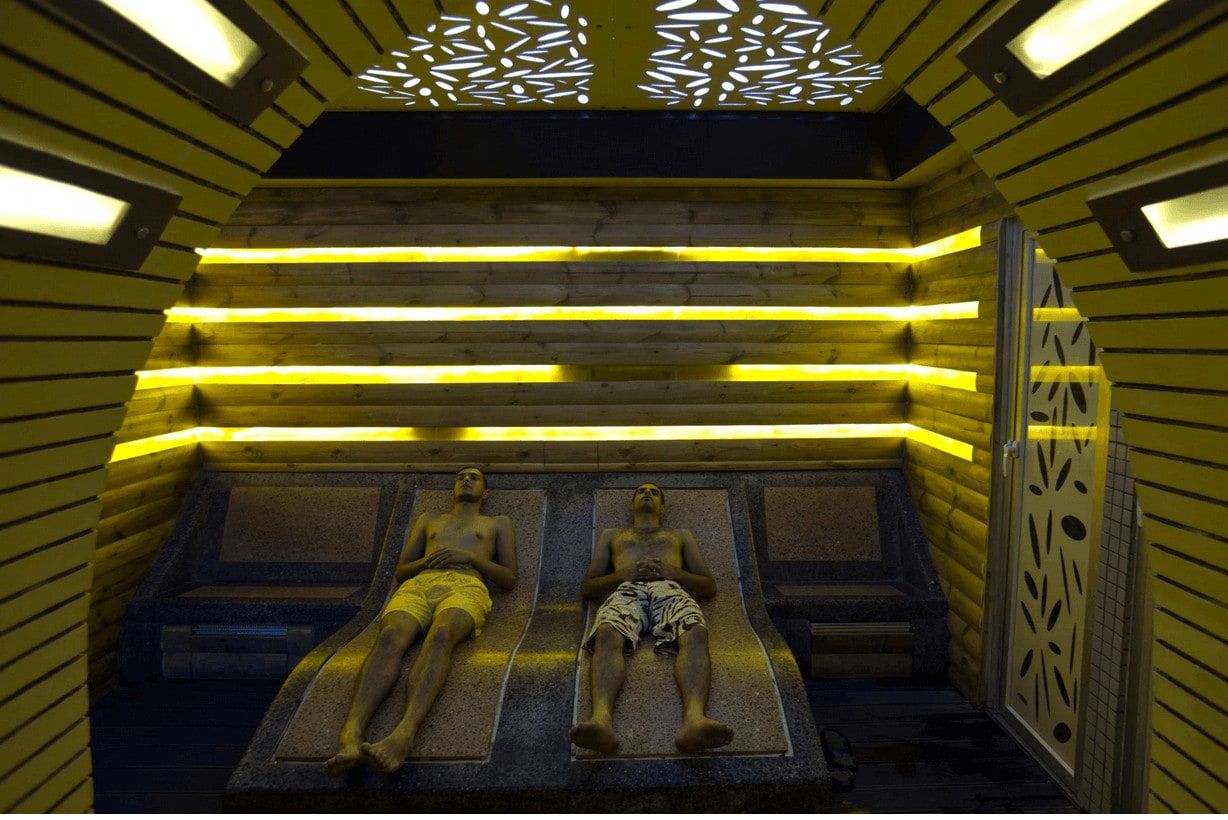One year after the end of hostilities between Israel and Hamas in the Gaza Strip, both the New York Times and the Washington Post published articles describing the current situation in Gaza. While neither account is factually incorrect, it is revealing to see what each paper chose to highlight.
For the New York Times, the main theme of the article is that Palestinians are living in the ruins of houses that were destroyed during the conflict. There is little work, little money, and very little reconstruction. As the headline clearly states:
There is no doubt that with the scale of destruction, the corruption of Hamas, and the continuing need to prevent Hamas from rearming and rebuilding tunnels, there are serious impediments to reconstruction.
But are ALL the people of Gaza still “sitting among the ruins?”
Here is the headline from the Washington Post:
The article describes how Gaza’s small middle class is enjoying what many would call a life of luxury. Sushi bars, day spas, luxury cars, and seaside villas are fixtures of this small segment of the Gaza population. And while the scenes of privileged Palestinians working out in a high-tech gym or dining in a rooftop restaurant should not be interpreted as widespread, the fact that they exist is something worth noting.
Of course the Post notes that the reality for most Palestinians in Gaza is very different:
Not a single one of the 18,000 homes destroyed in last summer’s war is habitable. Reconstruction moves at a glacial pace. Black-market cement is the currency of the realm. Unemployment in Gaza, at 43 percent, is the highest in the world, according to the World Bank, which declared that “blockades, war and poor governance” put Gaza’s economy on the brink of collapse. Nearly 80 percent of the strip’s 1.8 million people receive social assistance.
But the seaside corniche, restored with funds from Qatar, now boasts Grand Motors, a car dealership with a row of gleaming late-model Mercedes-Benz sedans on the lot.
A mile away at the newly opened Techno Gym, Gazans pay about $100 a month for an all-inclusive membership at the air-conditioned sports club, which offers cardio workouts, hydrotherapy, spin classes, swimming lessons and high-end weight machines, which were imported from China but delayed at Israeli customs in Tel Aviv for two months because of the war.
The situation in Gaza is indeed complex and there are many sources for the problems there. But the media have an obligation to try and show all facets of life lest readers believe that the images they are seeing represent the entire area.
[sc:HR08SignupsBottomP-outbrn ]




